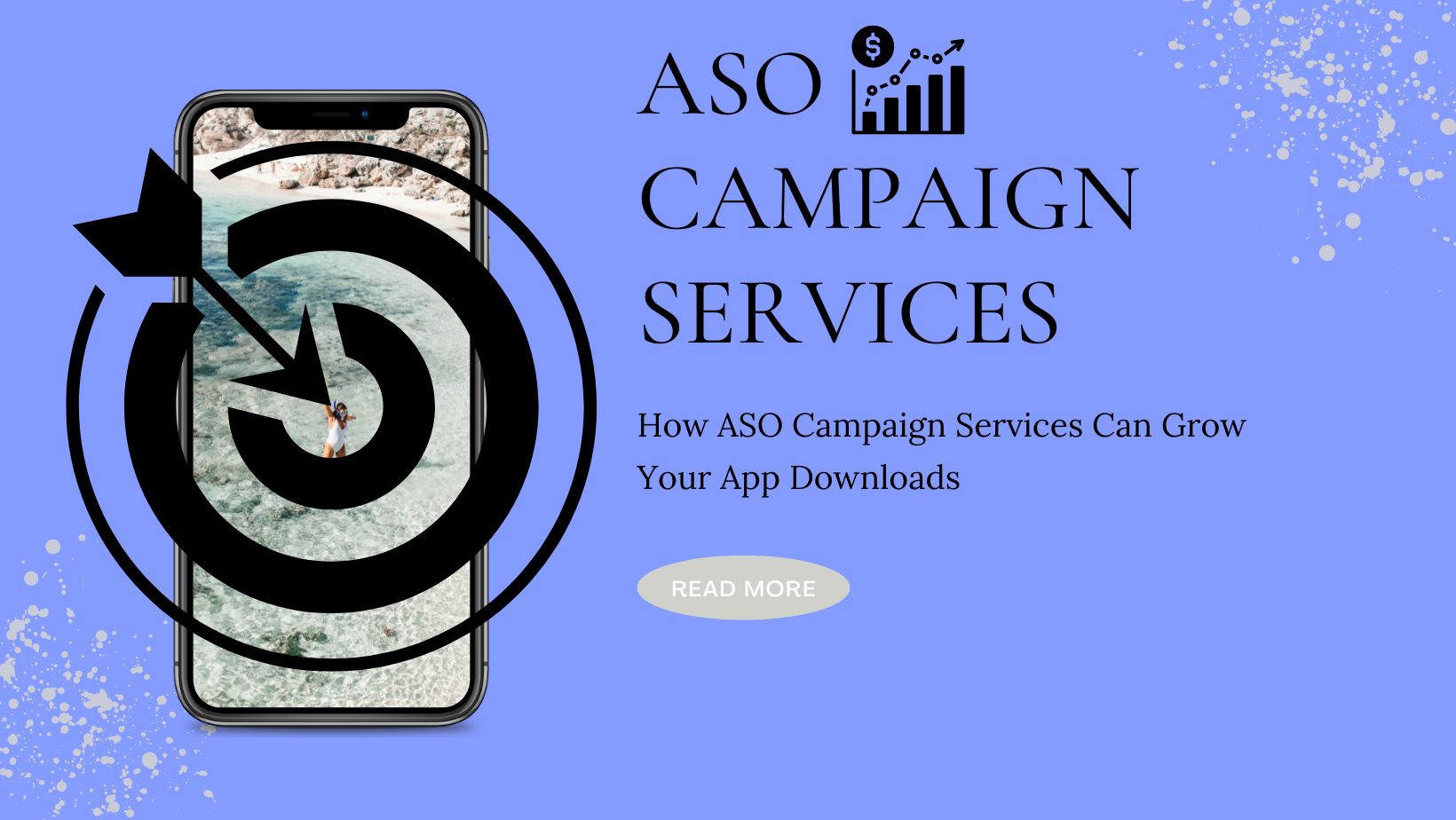With more than 65% of app installs coming from app store searches, optimizing your app’s metadata, keywords, and visuals will be essential for capturing organic traffic.65†source Implementing an effective ASO strategy will not only improve your app’s visibility but also enhance conversion rates, leading to more downloads and a larger user base without relying solely on paid marketing efforts.
In this comprehensive guide, we will explore the fundamental components of ASO, its key benefits, and the advanced strategies you’ll need to succeed in 2025.
What is App Store Optimization (ASO)?
App Store Optimization, or ASO, is the process of optimizing your app’s store listing to improve its ranking in search results and drive organic growth. Much like Search Engine Optimization (SEO) for websites, ASO focuses on ensuring that your app is visible to users searching for specific keywords within the app store.
ASO involves optimizing various elements of your app’s listing, including:
- App Title: The title is one of the most important elements of ASO, as it should contain your primary keywords and clearly convey what your app does. Titles are limited to 30 characters in the Apple App Store and 50 characters in Google Play.
- Subtitle/Short Description: The subtitle in the App Store and the short description in Google Play offer additional space to include supporting keywords and highlight key features of your app. This is a great opportunity to reinforce your app’s value proposition.
- Keyword Field (Apple App Store): The Apple App Store allows for a hidden keyword field that app marketers can fill with relevant search terms. It’s critical to use this space effectively by avoiding unnecessary repetition and focusing on keywords with high search volumes.
- App Description: While not directly indexed for search rankings, the app description plays a key role in converting users who land on your app’s listing. A compelling and informative description can help users quickly understand the benefits of your app and motivate them to download it.
- App Icon: Your app’s icon is often the first thing potential users see in search results, making it an important factor in both visibility and conversions. A well-designed, recognizable icon will make your app stand out from the competition.
- Screenshots and Preview Videos: Visual assets such as screenshots and preview videos provide users with a glimpse of your app’s interface and functionality. High-quality visuals help build trust and drive conversions by showing potential users exactly what they can expect.
The Importance of ASO in 2025
As app stores become more crowded, simply publishing an app is no longer enough to ensure success. In 2025, App Store Optimization will be more crucial than ever for achieving sustainable growth. Here are some key reasons why ASO should be a priority for app developers and marketers:
1. ASO Drives Organic Growth and Lowers Marketing Costs
In 2025, the costs of acquiring users through paid advertising are continuing to rise. With the increasing competition in both the Apple Search Ads and Google Ads ecosystems, many app developers are finding it more challenging to generate a positive return on ad spend (ROAS). This is where ASO becomes a powerful tool.
App Store Optimization focuses on driving organic installs, meaning users find your app through search queries rather than through paid ads. By optimizing your app’s listing for high-value keywords, you can increase your app’s visibility and acquire users without spending a fortune on marketing.
Optimizing your app’s metadata, such as the title, subtitle, and keyword fields, can lead to a 10.3% increase in downloads.64†source Moreover, this organic growth is sustainable. Once you achieve a high ranking for your target keywords, your app will continue to benefit from increased visibility over time.
Not only does ASO reduce your reliance on paid advertising, but it also saves on long-term marketing costs. Unlike paid campaigns that require constant investment, ASO provides ongoing value by driving organic traffic month after month.
2. ASO Increases App Visibility in a Crowded Marketplace
There are over 2 million apps available in both the Apple App Store and Google Play, and getting your app noticed in such a crowded environment can be challenging. By optimizing for app store keywords, you increase the likelihood that users searching for apps in your niche will discover your app.
Both the Apple App Store and Google Play use algorithms that take into account the relevance of your app’s keywords, title, and description when determining rankings. In 2025, app store algorithms will continue to prioritize apps that use keyword combinations effectively.
For example, if your app is focused on fitness tracking, using keywords such as “workout tracker,” “health goals,” and “exercise planner” across various fields (title, subtitle, and description) will help your app rank for multiple relevant search queries. The more strategically you use keywords, the higher your app will rank for important search terms, leading to greater visibility and more downloads.
3. ASO Improves Conversion Rates and User Acquisition
While increasing visibility is important, the ultimate goal of ASO is to convert visitors into users. This is where the optimization of your app’s visual assets—such as app icon, screenshots, and preview videos—plays a significant role.
In 2025, visual assets will continue to be a critical factor in driving conversions. Potential users make quick decisions based on how professional and appealing your app looks in the app store. High-quality screenshots that clearly showcase your app’s features, along with an engaging preview video, can significantly increase your app’s conversion rates.
Additionally, a well-crafted app description that clearly communicates your app’s value proposition and benefits will help convert visitors who are on the fence about downloading your app. Include user testimonials or reviews in your description to build trust with potential users.
A study shows that conversion rates can improve by as much as 20% with optimized visuals and a strong value-driven description. In 2025, this focus on conversion rate optimization (CRO) will become even more important as competition in the app marketplace intensifies.
4. ASO Enhances User Experience and Retention
The role of ASO doesn’t end at getting users to download your app. It also contributes to a better user experience (UX) by ensuring that the app listing is aligned with what users expect when they install the app.
In 2025, app localization will become even more important. As the global app market continues to grow, app developers must cater to diverse audiences by offering localized app listings. This includes translating the app’s title, description, and keywords into different languages, as well as adjusting screenshots and videos to reflect cultural nuances.
For example, an app targeting both the US and Latin American markets should have listings optimized for both English and Spanish, with region-specific keywords in the keyword fields. Localization makes the app feel more personal and relevant to users, improving the overall experience and leading to higher user retention rates.
A localized listing that resonates with users in different regions will not only increase installs but also enhance long-term retention by ensuring that users have a positive, culturally relevant experience.
Advanced ASO Strategies for 2025
While the basics of ASO are essential for any app’s success, advanced strategies will set your app apart from the competition in 2025. Here are a few advanced ASO techniques that can help your app achieve top rankings and drive more downloads:
1. Leverage A/B Testing to Optimize Performance
A/B testing, also known as split testing, is a powerful technique for determining which app store elements—such as titles, icons, descriptions, or screenshots—perform best with your target audience. By testing two variations of the same element, you can see which version drives more conversions and optimize your listing accordingly.
For example, you can create two different versions of your app icon and track which one gets the most downloads. Or, you can test two different descriptions to see which one resonates more with users.
In 2025, A/B testing will become even more critical as app stores continue to favor conversion-optimized listings. Both Google Play and the Apple App Store provide tools for A/B testing. Using these tools to experiment with your app listing can help you refine your ASO strategy and improve both visibility and conversions.
2. Analyze Competitor ASO Strategies
Keeping an eye on your competitors is a crucial aspect of ASO. Analyzing your competitors’ app listings can give you valuable insights into what’s working (and what’s not) within your niche.
Use tools like Sensor Tower or data.ai (formerly App Annie) to track your competitors’ rankings, keyword strategies, and app listing changes. By identifying the keywords they are targeting and the changes they are making to their listings, you can uncover new opportunities to improve your own ASO strategy.
For example, if a competitor is neglecting certain long-tail keywords, you can optimize your app listing to capture those terms and increase your app’s ranking for less competitive keywords.
3. Incorporate App Store Trends
Staying updated on app store trends is critical for maintaining a competitive edge in 2025. As algorithms evolve, factors such as app retention, user engagement, and even App Clips (for iOS) will play a larger role in determining app store rankings.
App Clips allow users to experience a portion of your app without fully downloading it, serving as a powerful marketing tool for engaging new users. Make sure your app’s App Clip is optimized with strong CTAs and relevant preview content to encourage full downloads.
Conclusion: Master ASO to Lead the App Market in 2025
As we head into 2025, mastering App Store Optimization is essential for ensuring your app stands out in the increasingly competitive app marketplace. By focusing on keyword optimization, visual asset enhancement, localization, and staying up to date with trends, you can drive organic growth, improve user acquisition, and sustain long-term success.
Remember that ASO is a long-term strategy that requires continuous testing, refinement, and monitoring. By leveraging both basic and advanced ASO techniques, you’ll be well-positioned to capture more organic traffic, boost downloads, and lead the market in 2025.
Need Help with Your ASO Strategy?
If you’re looking to boost your app’s visibility, drive more downloads, and maximize your app’s potential in 2025, contact Outrank Apps today for expert ASO guidance and a personalized strategy. We’ve helped over 50 apps achieve top rankings and drive significant growth, and we’re ready to help you take your app to the next level.




Jason Batansky